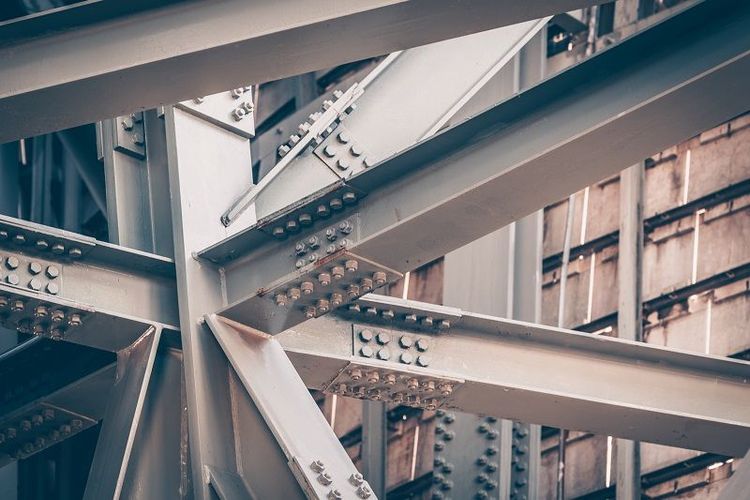Estimating the cost of structural steel fabrication is a critical aspect of any construction project. Accurate cost estimation ensures that budgets are well-planned, resources are efficiently allocated, and projects stay on track. Elevate your construction projects with superior materials—register to access and buy now.
In this blog, we will guide you through the process of estimating the cost of structural steel fabrication. By understanding the key factors and utilising effective estimation techniques, you can make informed decisions and ensure the success of your construction endeavors.
1. Understanding the scope of the project: Estimating the cost of structural steel fabrication begins with a clear understanding of the project scope. This involves gathering detailed project specifications, including the structural drawings, plans, and material requirements. By reviewing these documents, you can identify the specific steel components needed for the project, such as beams, columns, trusses, or stairs. It is essential to pay attention to the quantity and dimensions of each steel component, as they directly impact the overall fabrication cost.
2. Material Cost Assessment: Once you have a clear understanding of the project scope, the next step in estimating the cost of structural steel fabrication is assessing the material costs. The material cost includes the price of raw steel, as well as any additional costs associated with specific material requirements. To determine the material cost, you need to consider factors such as the type of steel required, its grade, and the quantity needed. Unlock access to premium industrial supplies—register today and begin your procurement process.
Different types of steel, such as carbon steel or stainless steel, have varying price points, and the chosen grade can also affect the cost. Additionally, the quantity of steel required depends on the dimensions and quantities specified in the project plans. It is important to source your material from reliable suppliers or vendors who can provide you with quality material at the best prices.
3. Labour and Fabrication Cost Evaluation: After assessing the material cost, the next crucial aspect of estimating the cost of structural steel fabrication is evaluating the labour and fabrication costs. This involves considering the number of labour hours required for fabrication, the skill level of the workers, and the associated labour rates. The labour hours needed for fabrication depend on the complexity and size of the structural steel components.
More intricate designs or larger assemblies may require additional time and expertise, which can impact the labour cost. It is essential to consult with experienced fabricators or industry experts to gauge the estimated labour hours accurately. Factor in the prevailing labour rates in your geographical location or the location where the fabrication will take place.





 +91 7208055523
+91 7208055523
 Help & support
Help & support
